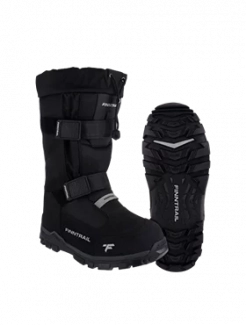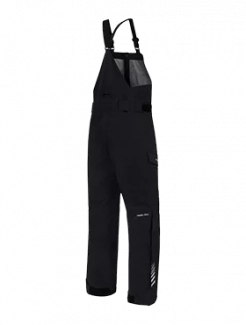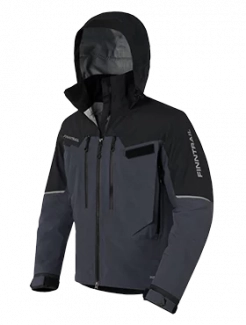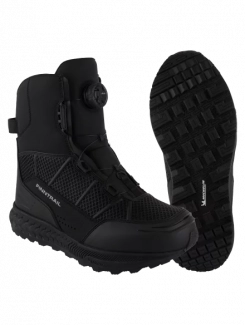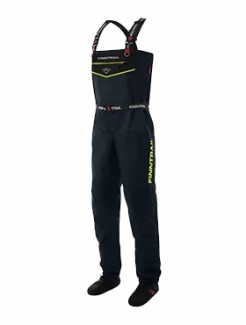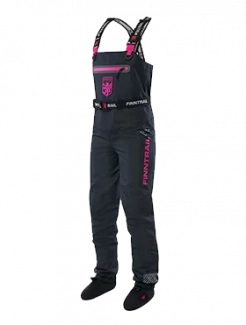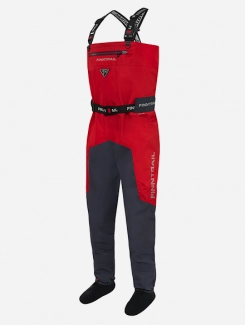How to Check for ATV Frame Damage
Any experienced ATV rider can sit down around a table and share stories of crashes that they’ve either been in or have seen happen while out on rides. It’s something that happens as you stack up years of experience riding. These crashes can leave your ATV acting funny and not performing exactly as you want, which is when you need to figure out how to check for ATV frame damage.
Even if it’s not completely obvious, an ATV frame damage check can bring up some issues that are hiding from you and waiting to pounce at any given moment. This will help your rig to have a longer lifespan and for you to get out ahead of any future problems that may arise after a signal crash. Performing an ATV frame damage check isn’t too time-consuming or difficult, but it needs to be done.

Wash and Clean the ATV
Any signs of frame damage on your ATV may be hiding from you under a thick coating of dirt and mud, so you’ll want to wash and clean the machine before performing an ATV frame damage check. This will give you a clear look at all of the critical parts of the frame that may be damaged.
Raise the ATV Up
Once your machine is clean, getting it up in the air will help you to examine the frame with a clear perspective rather than thinking the frame is bent when it’s really your back and neck craning underneath the rig.
Get all four tires up off the ground and as high as you can, remembering to place jack stands or other supports in place of the jacks so you don’t rely on mechanics to keep the weight above you.
Check for Factory Specifications
Now you can start taking measurements regarding the factory specifications. These are the easiest numbers to find in your owner’s manual or online, so you can compare the real-world numbers to the ideal in the book. Start with the wheelbase, width, length, etc., then move on to take more measurements.
Straighten your wheels and measure them from the centers for both the width and length of the machine. If nothing is off, perform a visual inspection of the frame. Start at the A-arms and tie rods, looking for any bends or signs of chipped or cracked paint that would be a result of damage.
While you have the machine in the air, spin the wheels to see if they spin true. If there is any wobble, you may have an issue with the tie rods or the A-arms. In the rear, you can also inspect for damage to the rear axle by spinning the wheels.


